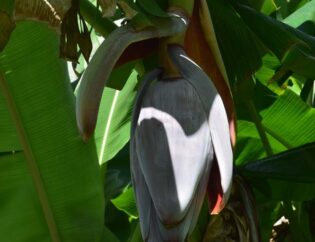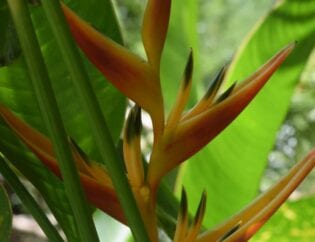
You’ve invested in attractive and functional landscaping, so it only makes sense to install a landscape irrigation system to keep your plants healthy now and as they mature. Irrigation systems might seem overwhelming if you’re unfamiliar with them, but they’re easier to understand than you might think.
The Types of Landscape Irrigation Systems
First, there are three main types of automated landscape irrigation. The final type of irrigation is manual, which uses a hose or water can, and is a type of surface irrigation.
- Sprinkler irrigation
- Drip irrigation
- Blended systems
You might only be familiar with one type–sprinkler irrigation–because it’s more visible. Sprinklers are convenient because they can be scheduled and change direction, but evaporation and water loss to wind mean they’re not the most efficient landscape irrigation system. Drip irrigation solves those two concerns by delivering moisture directly to a plant’s roots. In addition to cost savings, these irrigation systems use tubes instead of pipes, which can more easily be installed on uneven terrain.
Of course, a blended system incorporates aspects of sprinkler, drip, and even surface irrigation to ensure your entire landscape is hydrated.
Saving Money on Irrigation Systems
Cost can be a significant factor when choosing a landscape irrigation system because you pay to install and operate your irrigation system. But an efficient system can save money on your water bill. Purchasing nozzles, sprinkler heads, and check valves, and smart controllers to help regulate water usage to prevent wasting it. Controllers are especially important for adjusting water during different times of the year and water utilities such as Honolulu’s Board of Water Supply offer rebates for using irrigation controllers https://www.boardofwatersupply.com/conservation/watersensible/rebates.
You can also save money by watering smartly. When the sun is high, watering plants is wasteful and more costly because the water evaporates. Morning and evening are better options. Water is also wasted when it lands on pavement, buildings, or structures, so your landscape irrigation system should be carefully planned to avoid this.
Overwatering can also lead to higher utility bills, increased runoff, and potentially weeds and fungus. Knowing how much moisture your soil requires helps ensure the appropriate amount of water, while moisture sensors that connect to the controller allow for precise watering.
Landscaping by zone puts plants that require a similar amount of moisture together and avoids wasting water. You can program irrigation in those zones to account for water requirements and the level of shade or sun. Consider micro irrigation to apply water more slowly to bushes, shrubs, trees, or garden beds that don’t require as much moisture.
Irrigation System Maintenance
Landscape irrigation systems need maintenance to keep them working well and potentially help you avoid costly incidents. Check systems monthly, clear debris from sprinkler heads, check the system’s pressure, and update your smart controller based on the season. Be careful when mowing or weed whacking, to avoid damaging sprinklers or other components of your irrigation system.
Choosing the right irrigation system can be tricky. If you need professional advice, Irrigation Solutions can help.









